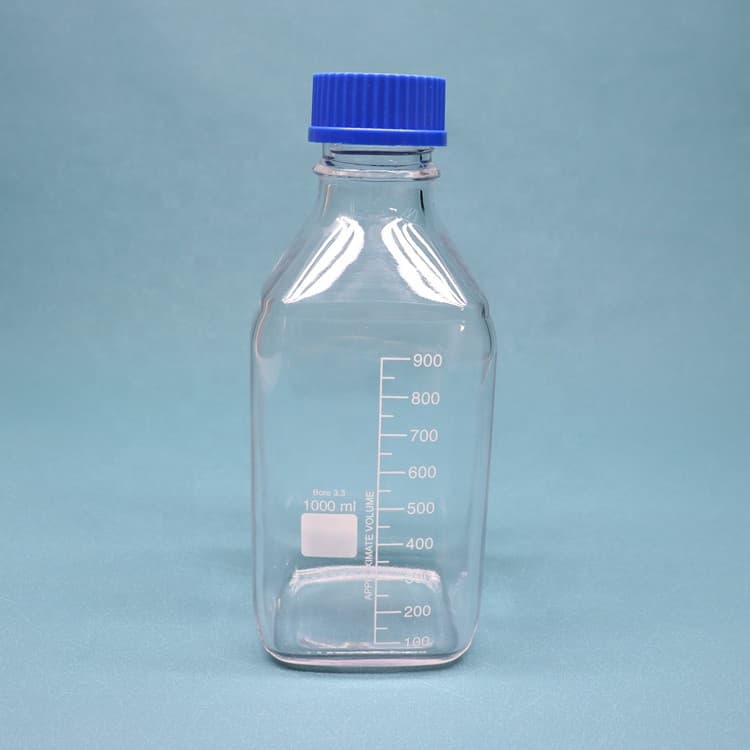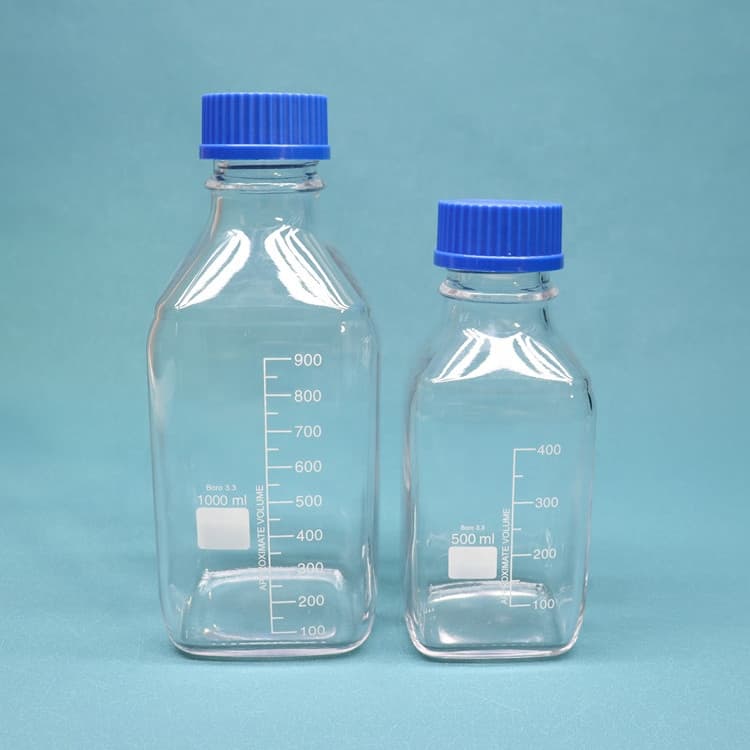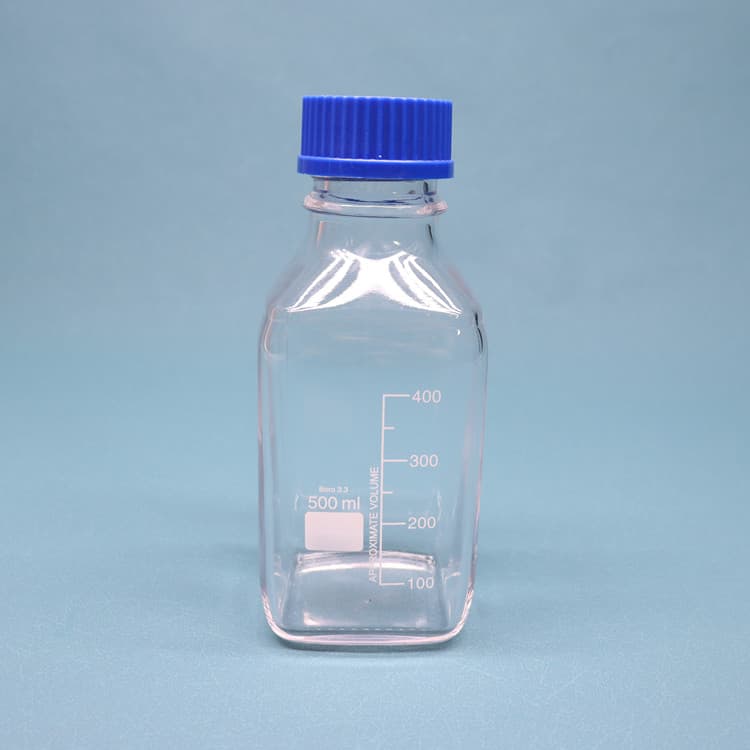



Septa materials & properties. Septa are made from different materials. See below for definitions and uses of different types of septa materials. Rubber septa. Used primarily for routine analysis in gas chromatography. Offers moderate ability to reseal and good chemical inertness.
Aijiren Tech Nalgene. Teflon® FEP Bottles RCF to 4,000 x g Withstand temperatures from -100° to +150°C Flat bottoms Autoclavable bottles have an 80% capacity (approx. 200 mL) in refrigerated centrifuges. Bottles include 38 mm Tefzel® ETFE screw caps. Dimensions (o.d. x H, mm): 62 x 122.
Teflon PTFE/Silicone Septa: The Teflon® PTFE/Silicone septa resists coring and is recommended when multiple injections are required. This .125" septa has excellent resealing qualities. Plastisol Lined Metal Caps: Metal caps with a Plastisol liner offer excellent resistance to mild acids as in food products.
PTFE/silicone septa are always best. What force is required to penetrate the septum? Generally, silicone septa are more easily pierced than red rubber or butyl septa. For thicker, hard-to-pierce septa, a small gauge (23 gauge) needle may be required, or a stronger S-needle can be used. Preslit septa are the best option for
Molded Septa are manufactured from high quality, low bleed material that uses the same exclusive LB-2 rubber formulation chromatographers are accustomed to using. Design. Solid Disc. Type. Septa. For Use With (Equipment) Low Bleed GC-MS Columns. Temperature (Metric) Max. 350°C.
The C&G 40 mL precleaned VOA (volatile organic compound) vial is mainly used in research laboratories or in chemical industries. It is suitable for use with autosamplers, solid cap and liners for analysis. This L3 vial comes with a 24-414 white PTFE septa cap which offers tight sealing of sample. Compare this item.
Septa. A wide range of serrated and non-serrated septa, and sleeve stoppers are available for use as temporary closures for glassware joints, tubes, bottles, NMR tubes, ampules, and cannulation techniques in air-sensitive chemistry. To protect your valuable contents in the vessels or containers from the atmosphere, our range of septa provide
A wide range of vials, closures, and accessory products designed for generalized and specific scientific applications. Various product formats, dimensions, and material compositions are available. Includes autosampler vials, cryogenic storage vials, and serum vials. Aijiren Tech Scientific is dedicated to improving the human condition through
Jul 2, 2013 · Repeat steps 4 and 5 for flask 2. Purge the syringe by inserting the needle through the septum of the solvent flask and into the headspace of the flask. Draw up the inert atmosphere into the syringe. Remove the needle from the flask and expel the gas from the syringe (Fig. 14, D). Repeat 3–4 times.
Ensure optimal performance of your GC instrument with bleed and temperature optimized Aijiren Tech™ BTO and TR-Green Septa. Made of low-bleed silicone, these septa have excellent mechanical properties, are ideal for demanding GC-MS applications, and may be used reliably up to 400 °C.
Vials, caps, and septa are a critical link to optimal analysis. Each septum is specified to complement the overall system and enhance chemical performance. As with all Aijiren components, rigorous testing and product specifications are done before offering the product.
PTFE / Silicone septa (T/S) are the most useful for HPLC applications as they have wide chemical compatibility and low extractables (I recommend them for general purpose use) . These area
Trust our low-level certified vials for Total Organic Carbon testing and sampling. Manufactured, tested and packaged by exacting standards,Aijiren Tech™ TOC Certified Containers are certified to contribute <10ppb or < 20ppb TOC as background. Product Overview. Recommendations. Documents.
mixtures. Polypropylene septa offer better solvent compatibility compared to polyethylene, but piercing force is slightly higher. Viton (V1) septa Viton septa are used in situations where a resealable septum is required for a sample matrix that aggressively attacks all other materials. Viton offers chemical resistance similar to PTFE along with
Polytetrafluoroethylene ( PTFE) is a synthetic fluoropolymer of tetrafluoroethylene and is a PFAS that has numerous applications. The commonly known brand name of PTFE-based composition is Teflon by Chemours, [3] a spin-off from DuPont, which originally discovered the compound in 1938. [3]